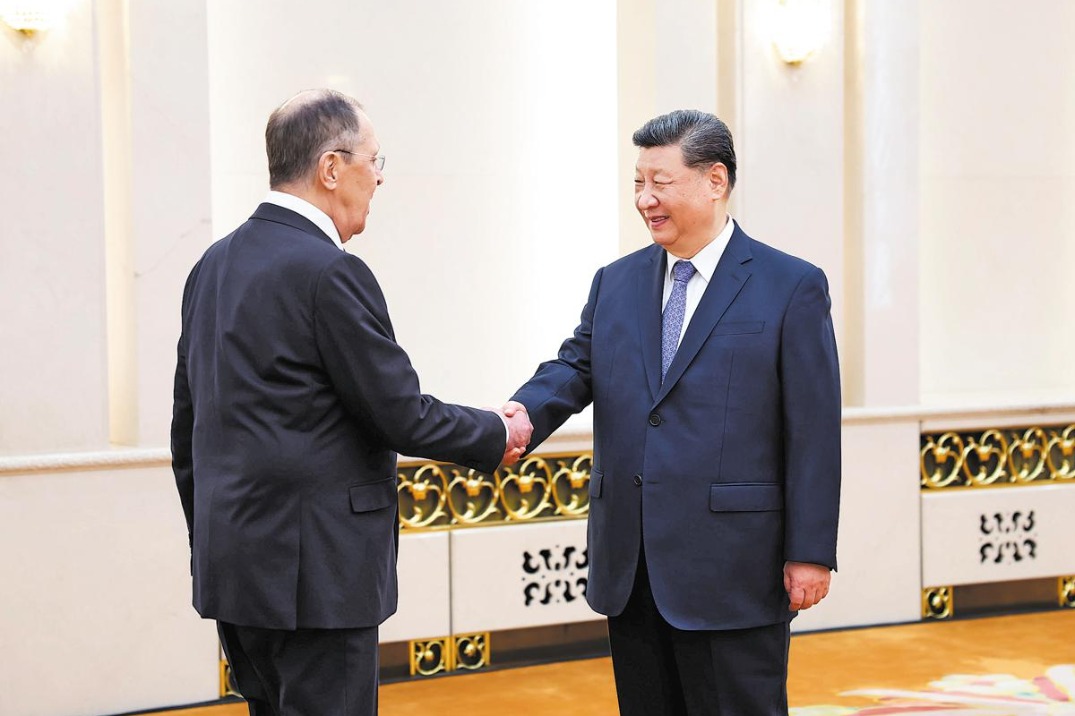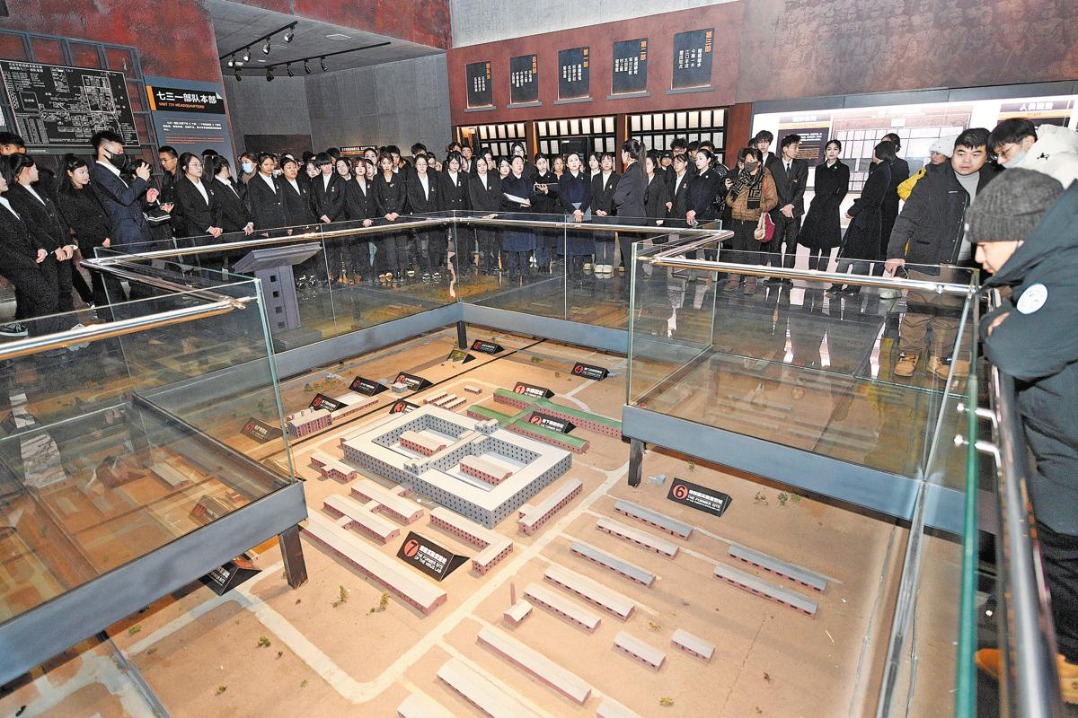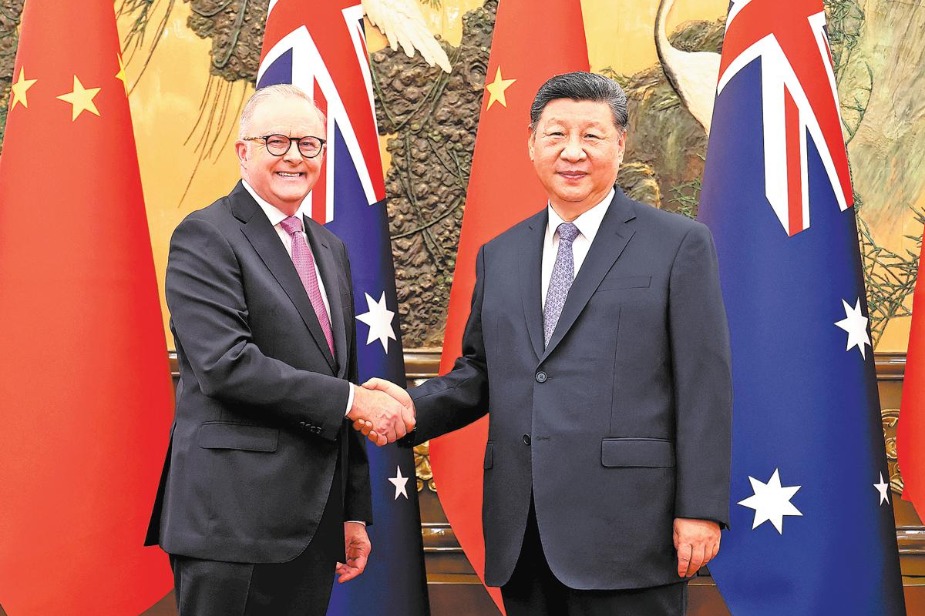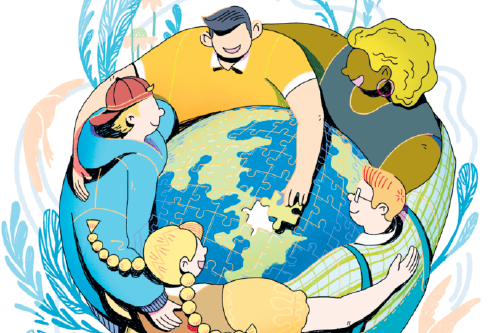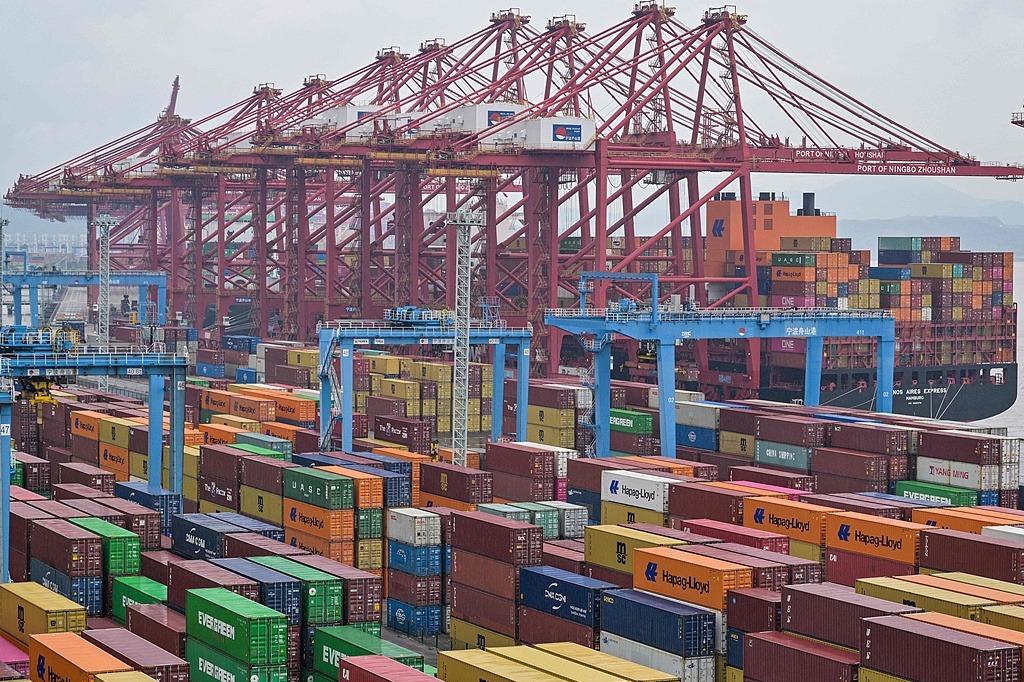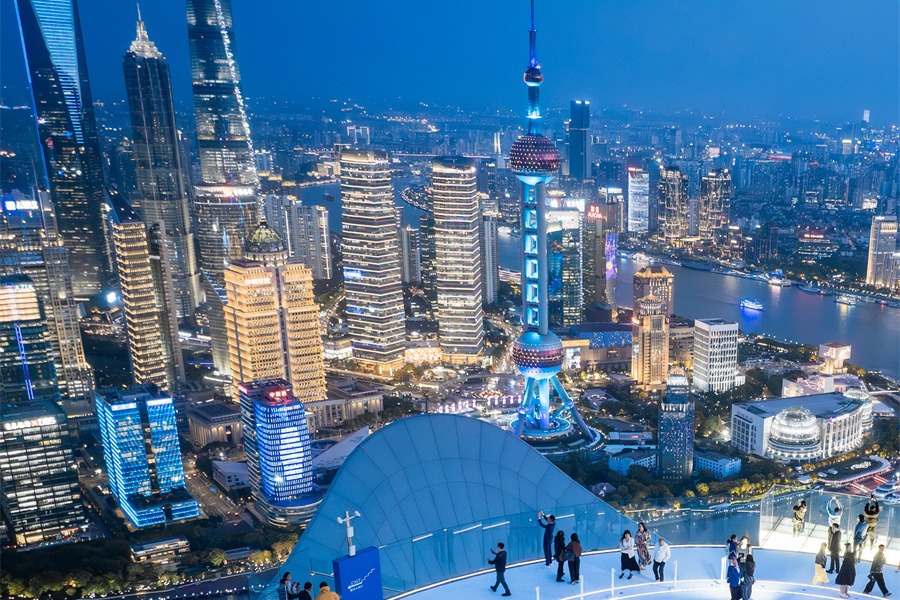Re-thinking the costs of bubble growth

China Reform and Opening – Forty Years in Perspective
Re-thinking the costs of bubble growth
Editor's note: Laurence Brahm, first came to China as a fresh university exchange student from the US in 1981 and he has spent much of the past three and a half decades living and working in the country. He has been a lawyer, a writer, and now he is Founding Director of Himalayan Consensus and a Senior International Fellow at the Center for China and Globalization.
He has captured his own story and the nation's journey in China Reform and Opening – Forty Years in Perspective. China Daily is running a series of articles every Thursday starting from May 24 that reveal the changes that have taken place in the country in the past four decades. Starting this month, China Daily will run two articles from this series each week – on Tuesday and Thursday. Keep track of the story by following us.

In March 2002, the lobby of the Grand Hyatt in Beijing was buzzing. The World Economic Forum was in town for its 2002 spring session. Everyone who was someone in China was there. In the chandeliered lobby of the Hyatt, the China bubble was inflating fast.
I had second thoughts.
From an insider’s view, China’s large-scale reforms were complete. State-owned enterprises were on their way to becoming global multinational corporations. China had entered WTO. It set an irreversible road map for China’s market economy. Economic integration with the rest of the world was inevitable.
China had found its own path, and was determined to follow it. Western media continued to talk about economic reform. But for insiders, this was not a question anymore. The big structural makeover was done. Exchange and interest rates issues would continue to grab media attention. Western politicians would focus on them. Will China appreciate or depreciate its currency value? These were technical questions -- valve tightening – not real reform.
To me the "trillion dollar question" was: will China’s leadership establish social values that can make their economic achievements sustainable?
Whether it was managing inflation, the 1997 financial crisis, or reform of State-owned enterprises, China had proved that an alternative path to the hard neo-liberal line of Washington was possible. All emerging economies from South Asia, Africa, to South America paid attention. They observed the China experience with fascination.
China had developed its own economic development formula based on its own social needs and conditions that differed from the classic economic development formulas of the west. China’s economic success proved those Western formulas were limited and that there are many diverse approaches to development. However, regardless of country or system, often the solution to a challenge over time will lead to another challenge. In the 1980s and 1990s China sought to modernize industrialization, create jobs, increase exports and raise its standard of living. However, in wake of its successful reforms, environmental considerations were overlooked together with questions of cultural preservation and identity. These would become the new challenges China would have to face, and in turn evolve new solutions.
Amid all the bubble and buzz of fast-track growth and development, a cool-headed question had to be asked. Were China’s economic achievements sustainable?
I thought about those broken panel screens I found in 1992, inside a warehouse in a rural village outside Beijing. Each had carved upon it the Chinese character for a traditional value: respect, compassion, the way, and so on. News was, soon even that village would be torn down for a luxury villa real estate development. The Chinese values carved as a character on each panel, suddenly had enormous importance in my mind because they had to be preserved as a foundation of Chinese social values for the future.
I began to think about what had brought me to China in the first place.
Was it Chinese philosophy – an amalgam of Buddhist, Taoist and Confucian principles? These ideas framed life as an integrated whole between man and nature. It seemed this ancient formula had modern application. Many friends, in business, academia and journalism, intrigued by this other approach to life, had studied Chinese, eventually moving to China.
I wondered whether China’s traditional values might still be alive, somehow embedded among China’s ethnic minorities? That might sound like a strange thing to say, but much of what we think of today as Chinese Han culture actually comes from Mongolians, Manchurians, Tibetans and other ethnic groups who ruled large portions of what constitutes China today over the past millennia.
Few realize the extent to which ethnic groups from south, central and north Asia affected the evolution of what we deem today as Chinese culture. Often these influences came from far off lands attesting to the aesthetic tastes of these people’s who ruled China at different times and dynastic cycles. Most of the traditional foods considered "old Beijing cuisine" are either Manchurian or Mongolian and most bread noodle and snack foods are actually Muslim.
Even the city of Beijing was designed by an Arab architect, hired by Kublai Khan. Most remaining traditional architecture of the capital is drawn from Mongol or Manchurian styles. Many key Buddhist architectural sites were built by Nepalese, brought to Beijing by previous Mongolian and Manchurian rulers
So with traditions all but wiped out, it occurred that certain core values might remain with those ethnic groups from which they derived. I would soon have an opportunity to go to western China and find out.
Please click here to read previous articles.

















